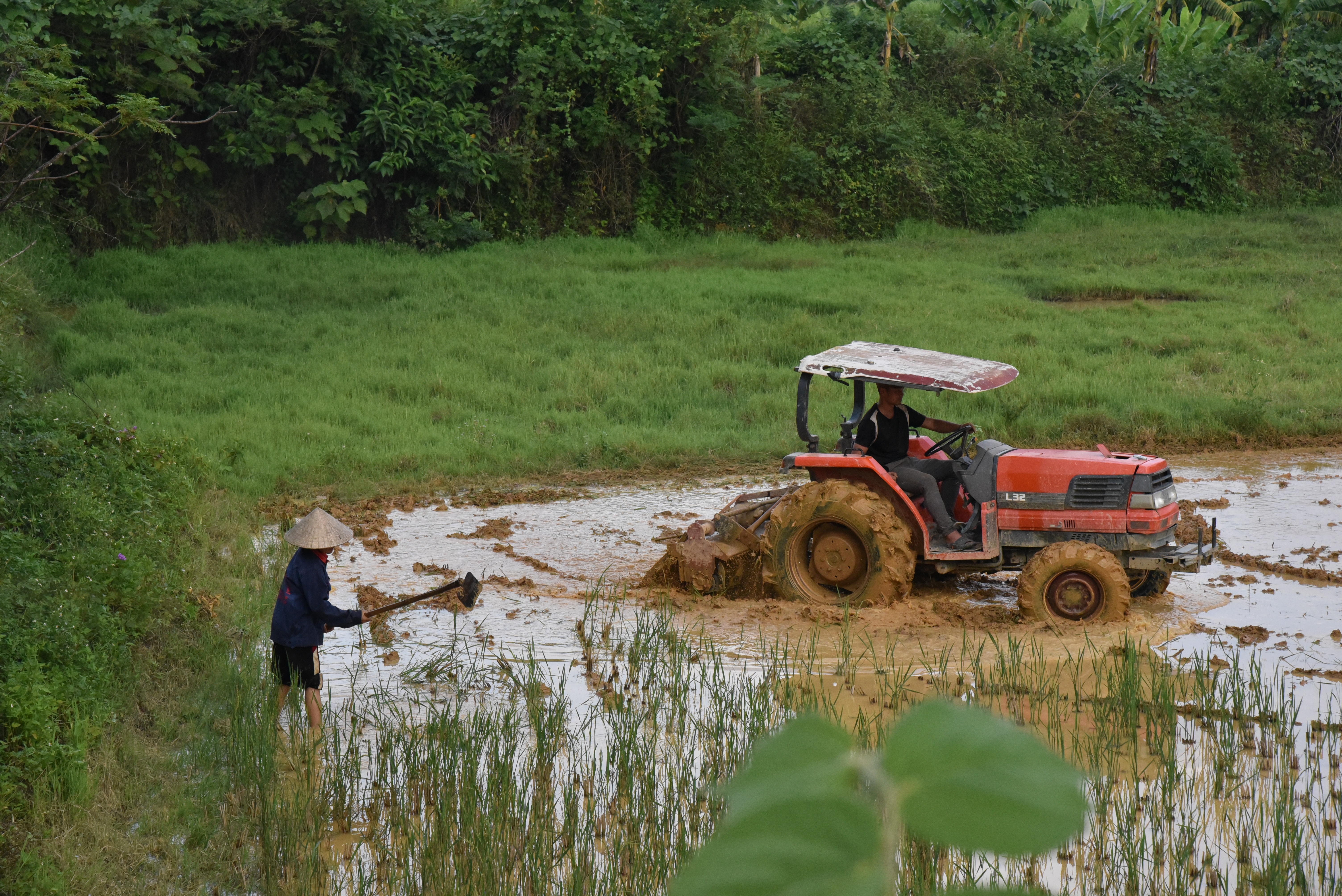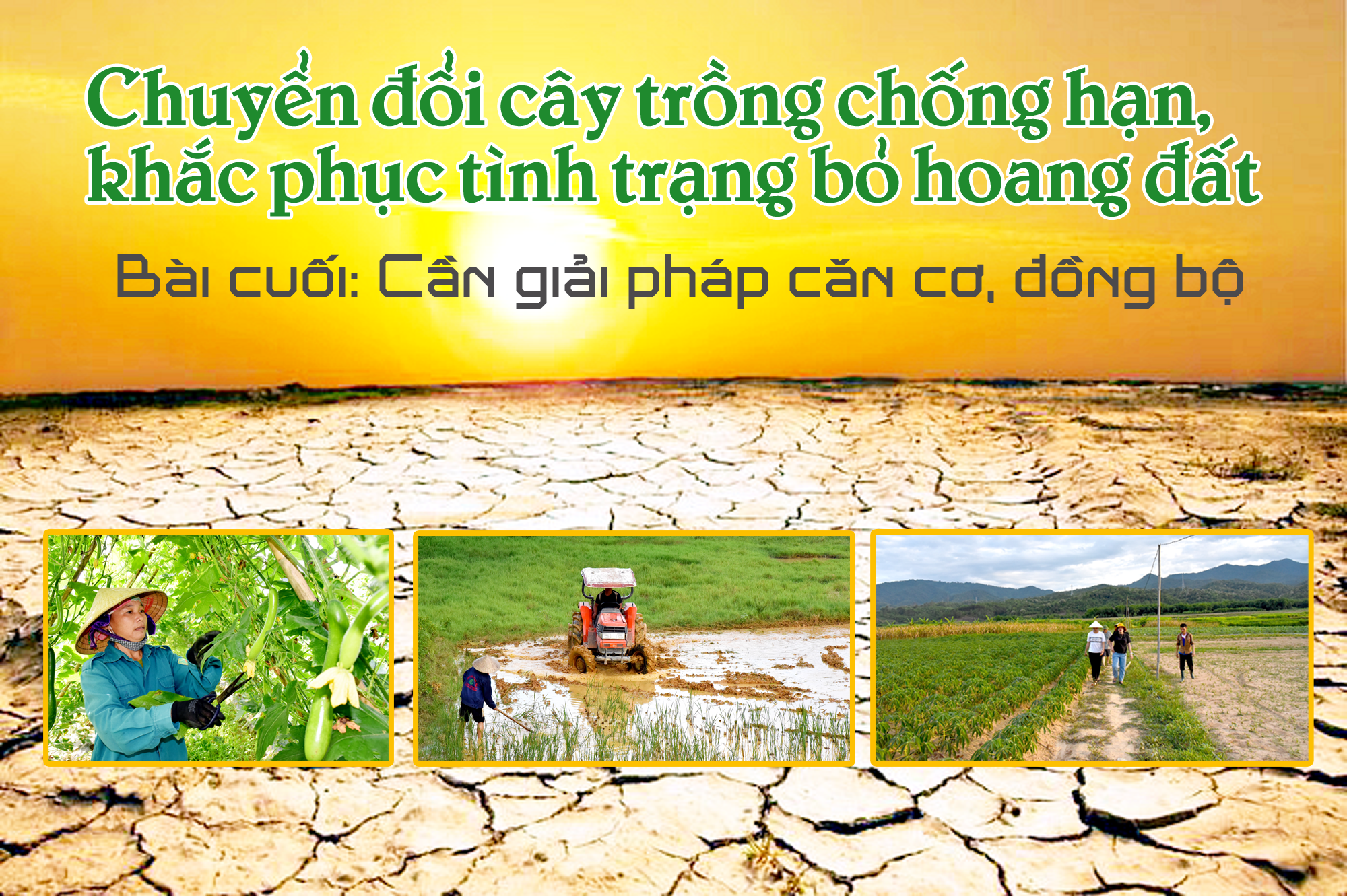
Although the State has had many support and incentive mechanisms and policies, and localities and people have made efforts, in recent years, the results of crop restructuring have remained modest, not meeting the needs of conversion...

Despite many efforts and great demand for conversion, however, in most localities, the results of converting crop and season structures have not yet met actual needs. Mr. Le Dinh Thanh - Vice Chairman of Thanh Chuong District People's Committee said: Not to mention the shortcomings in determining the types of converted crops and product consumption, first of all, in the area, the target for basic conversion area has not yet reached the plan. Some communes implementing crop structure conversion have achieved low results such as Cat Van, Thanh Chi, Vo Liet, Thanh Long, Thanh Tung, Thanh Duong...
“There are many reasons for this situation. Up to now, the locality has not yet built a model for preserving agricultural products after harvest. Some products are still small and do not have the appeal to compete in the market. In addition, although attention has been paid to advertising and trade promotion, it has not yet met the demand for stable, sustainable and valuable agricultural product consumption,” said Mr. Le Dinh Thanh.
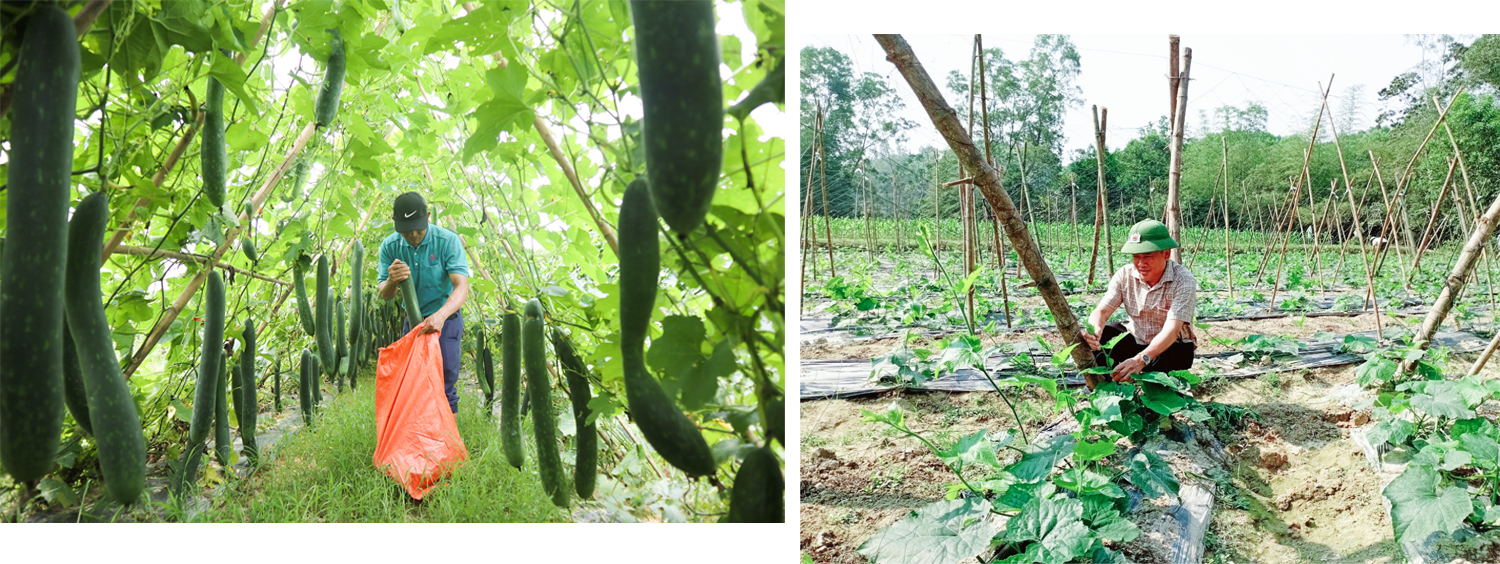
In addition, the agricultural land area is generally fragmented and not concentrated in large areas to facilitate the conversion of crop structure. On the people's side, many households, despite the lack of labor, still maintain their fields and produce on a small scale for self-sufficiency, so the conversion of crop structure faces many difficulties. Meanwhile, the infrastructure and irrigation facilities are not synchronous and mainly serve rice production.
In fact, in recent years, some ditches and internal traffic have been renovated for conversion, however, they have not met the demand, so the conversion is still difficult. In Dien Chau district, according to Mr. Vo Anh Khoa - Deputy Head of the District Department of Agriculture and Rural Development, many areas in Dien Thanh, Dien Tan, Dien Nguyen communes... need to be converted due to lack of initiative in water sources, however, up to now, it has not been possible to do so.
“Dien Chau district has nearly 3,500 hectares of fertile land, and has so far converted nearly 500 hectares of crop structure in the communes: Dien My 50 hectares, Dien Phong 189 hectares, Dien Hai 30 hectares... These are areas that have invested in building irrigation systems, thanks to which it is possible to introduce more "difficult" but high-value crops such as melons, watermelons, hot peppers... The majority of the remaining fertile land area has to accept that it can only be produced according to safer formulas such as spring peanuts, summer sesame, potatoes or winter corn; some areas planted sesame or corn early from February, and during the summer months due to severe drought, they have to be left unproductive”, said Mr. Vo Anh Khoa.
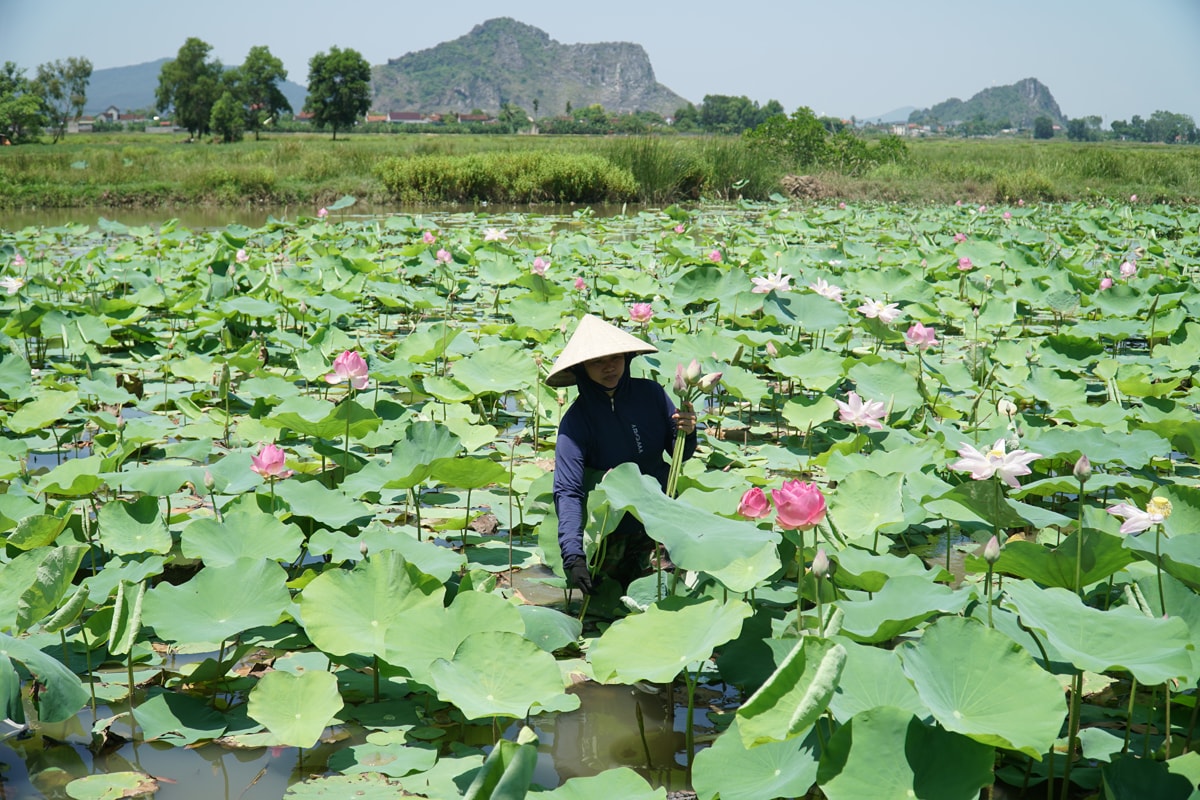
In 2021, Yen Thanh district implemented a project to convert crop structure in the area. As a key rice district of the province, local production is still not really commensurate with the potential and advantages of the region, and has not fully exploited the strengths of each locality. Along with climate change and farming practices of the people, agricultural production is posing many difficulties and challenges. The "Crop structure conversion project" is implemented to improve land use efficiency, increase production value per unit area, form concentrated, large-scale production areas, and at the same time, manage land use planning, develop the agricultural sector towards increasing value and sustainable development", Mr. Nguyen Van Duong - Vice Chairman of the District People's Committee shared.
From 2015 to now, the area of land converted in Yen Thanh district is over 300 hectares, in which, in addition to converting from rice land to growing crops, perennial trees and combining with aquaculture, there are also many areas converted from colored land, forestry land, ineffective hill garden land to growing fruit trees, medicinal plants with a value of hundreds of millions of VND/ha/year. However, according to Mr. Nguyen Van Duong, the conversion results have not yet met the actual requirements. The whole district has nearly 1,000 hectares that need to be converted and the achieved number is quite modest, although the locality has made many efforts.

In reality, apart from a few effective models, the conversion is still mostly temporary and seasonal. When the weather is unfavorable, there is drought and there is no water for rice cultivation, then conversion occurs, but the following year when the weather is favorable and there is water, people grow rice again, making it difficult to mobilize and direct people to convert for the long term. The conversion is mostly fragmented, small-scale, lacking regional linkages and concentrated on a large scale, and has not yet been able to link production along the value chain from production to product consumption, so the output of crops is uncertain, unstable, and depends heavily on traders, so farmers are also reluctant to convert. If there is conversion, it is still spontaneous.
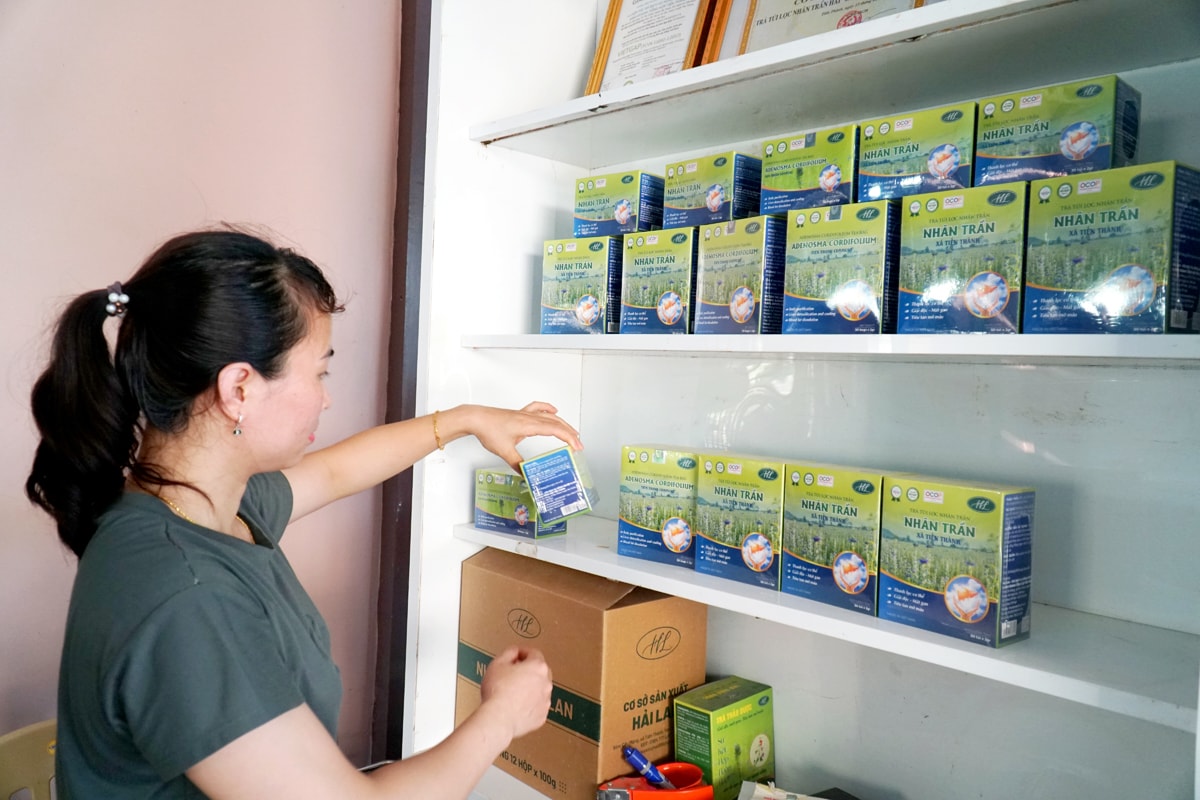
For example, in Dien Chau district, in 2020, facing the situation of a vast area of land being abandoned, Ms. Tran Thi Thom in Minh Chau commune asked the commune to give her land to grow lotus. "This land is barren, muddy land. When I received the land, I invested in renovating it, building banks, and buying lotus seeds to grow. Up to now, my family has several lotus ponds of 2 hectares, the products are purchased by traders, promoted on social networking sites, and imported to Vinh city and some other localities," Ms. Thom said. However, consumption still depends mainly on traders, while lotus is a product that cannot be preserved but requires quick harvesting and consumption. To facilitate consumption, Ms. Thom has researched and developed lotus root salting, selling fresh lotus seeds... but it is still difficult and unstable because she does not have enough capital to invest in machinery and storage systems.
Made entirely by hand, the quality, specifications, and designs are still limited, so Ms. Thom is only selling to traders and retail customers, not to supermarkets and large and reputable distribution stores to increase income and value. In her plan, she hopes to receive more land to expand production scale. However, according to Ms. Thom, concentrated production, large and high-value goods can only be done when the products are recognized, have traceability, product designs meet the requirements of large distribution systems, and especially the processing and preservation stages.
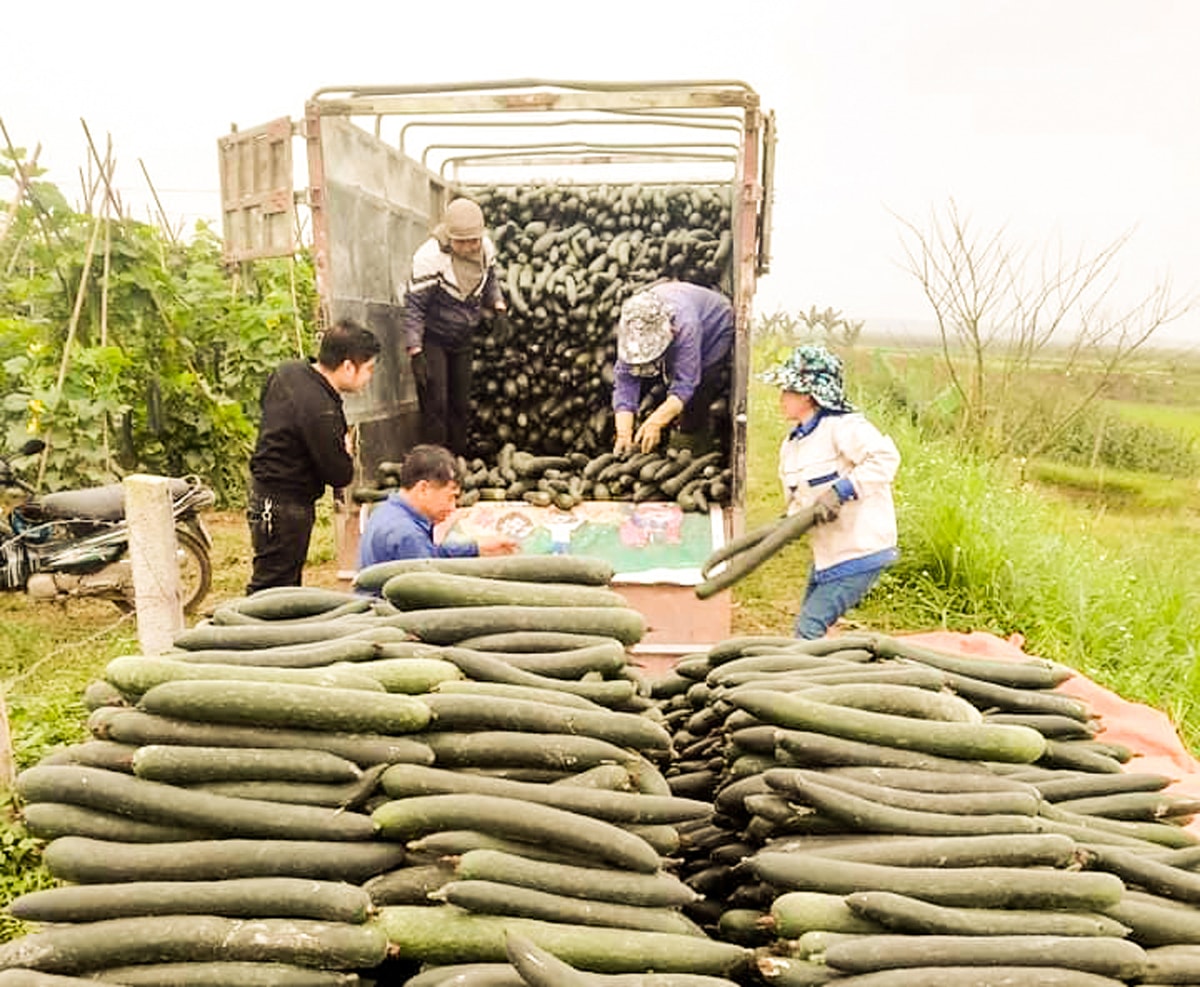
To convert crop structure to meet practical requirements, it is difficult, first of all because people's thinking in some areas is still heavy on rice production. Along with that, the infrastructure is not synchronous, the output of converted products is still difficult and unstable, leading to slow innovation in crop structure conversion, mostly fragmented, small-scale, lacking regional connectivity, concentration, large scale; lacking connection between production, processing and consumption. Conversion in some localities is still spontaneous, not according to planning, not carefully studying market demand, technical requirements of each type of crop, so there are many risks; There is no centralized planning for upland crops, especially planning for areas converting concentrated rice land to upland crops along with building appropriate irrigation and drainage systems.
According to Ms. Vo Thi Nhung - Deputy Director of the Department of Agriculture and Rural Development, in order to successfully convert, the converted crops must comply with the planning and land use plan approved by competent authorities; encourage large, concentrated conversion areas to ensure high economic value, according to the planning of local key crops, meeting the needs of processing and consumption industries. On the converted rice land area, it is necessary to arrange crops appropriately and flexibly, protecting agricultural land resources, when necessary, rice can be grown again without having to make large investments.
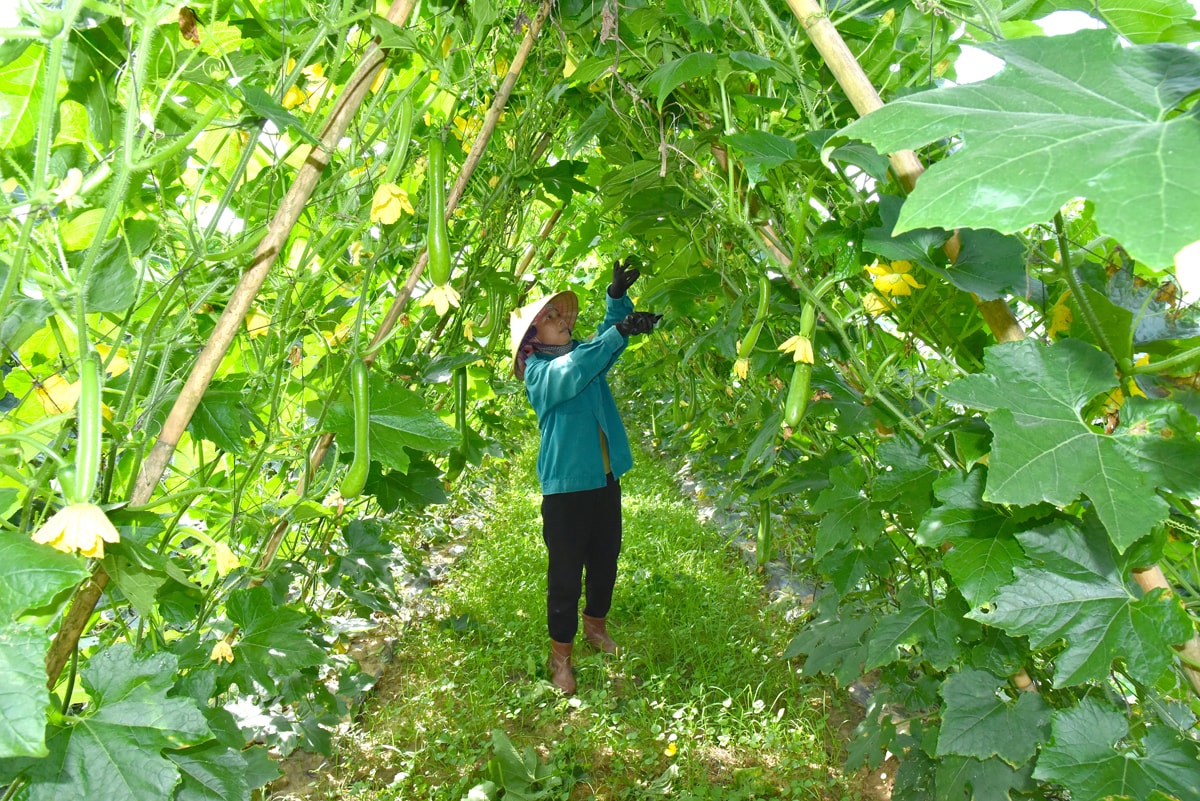
The selection of converted crops must be suitable to market demand, potential, local advantages and natural conditions of soil, water resources, climate, etc. on the basis of science, applying technical advances to improve productivity, quality, efficiency; organizing production according to the chain to create value and competitiveness of products. In particular, conversion must be carried out with full records and in the right order and procedures, ensuring publicity, democracy and transparency to households to form large-scale concentrated commodity production areas.
“In the coming time, in addition to building and taking advantage of support policies to encourage farmers to convert ineffective rice growing areas to annual crops, perennial crops or rice cultivation combined with aquaculture, Nghe An will continue to research and select suitable conversion crops to bring efficiency, suit the soil and climate of the locality and orient the market, implement production linkages and product consumption. At the same time, promote and raise awareness for people to understand the effectiveness of conversion”, Ms. Vo Thi Nhung shared.
